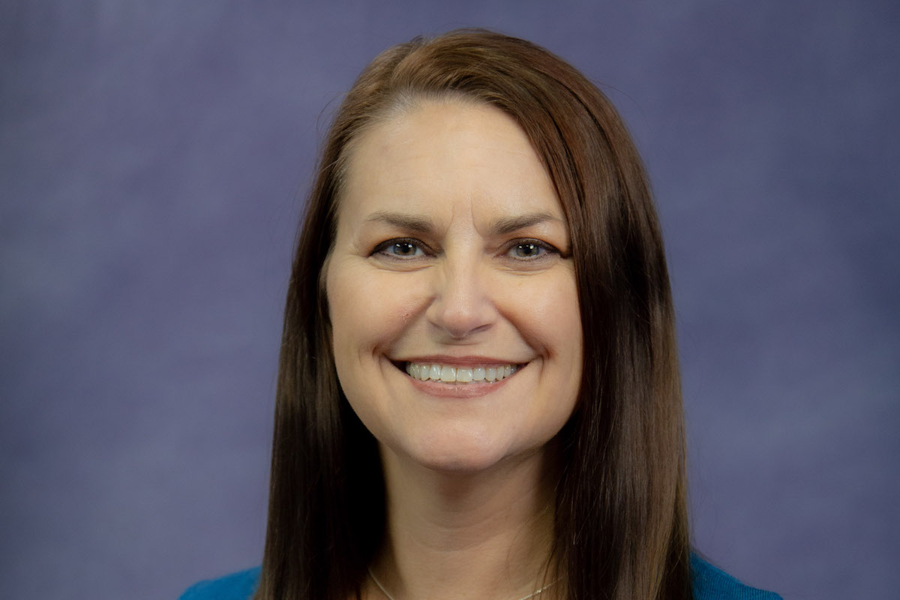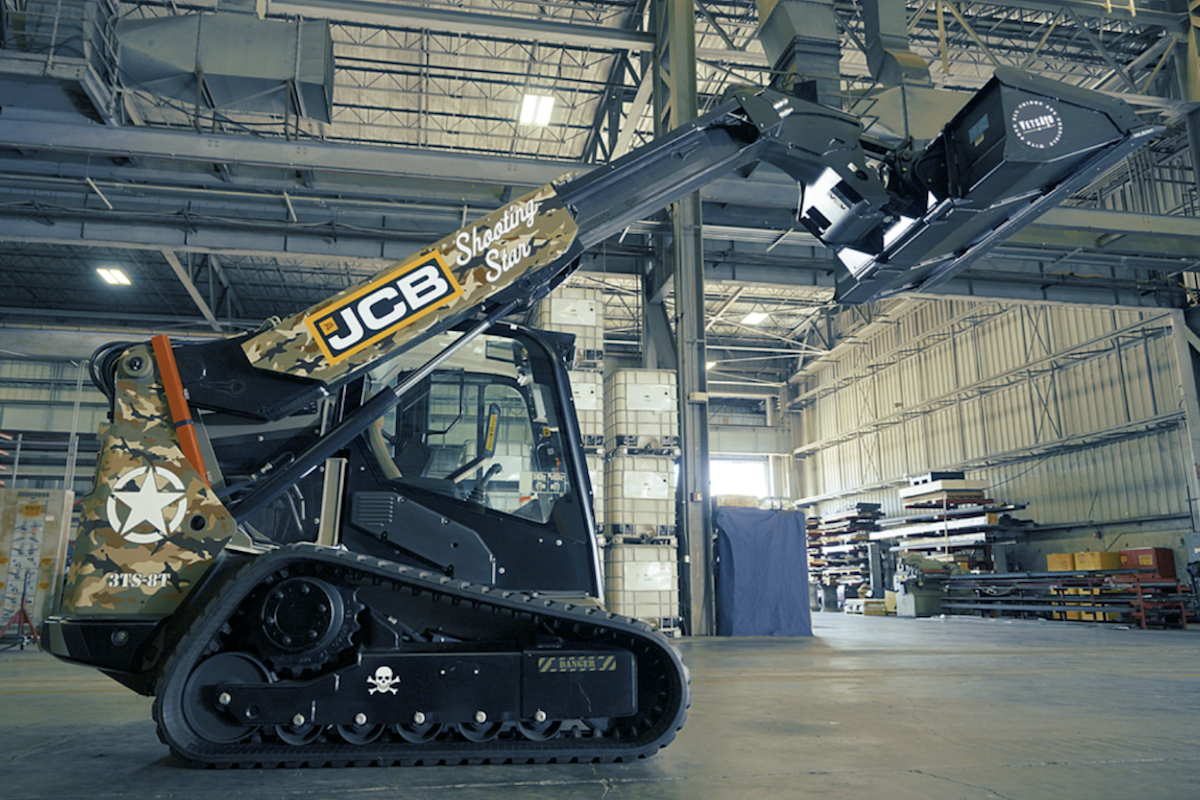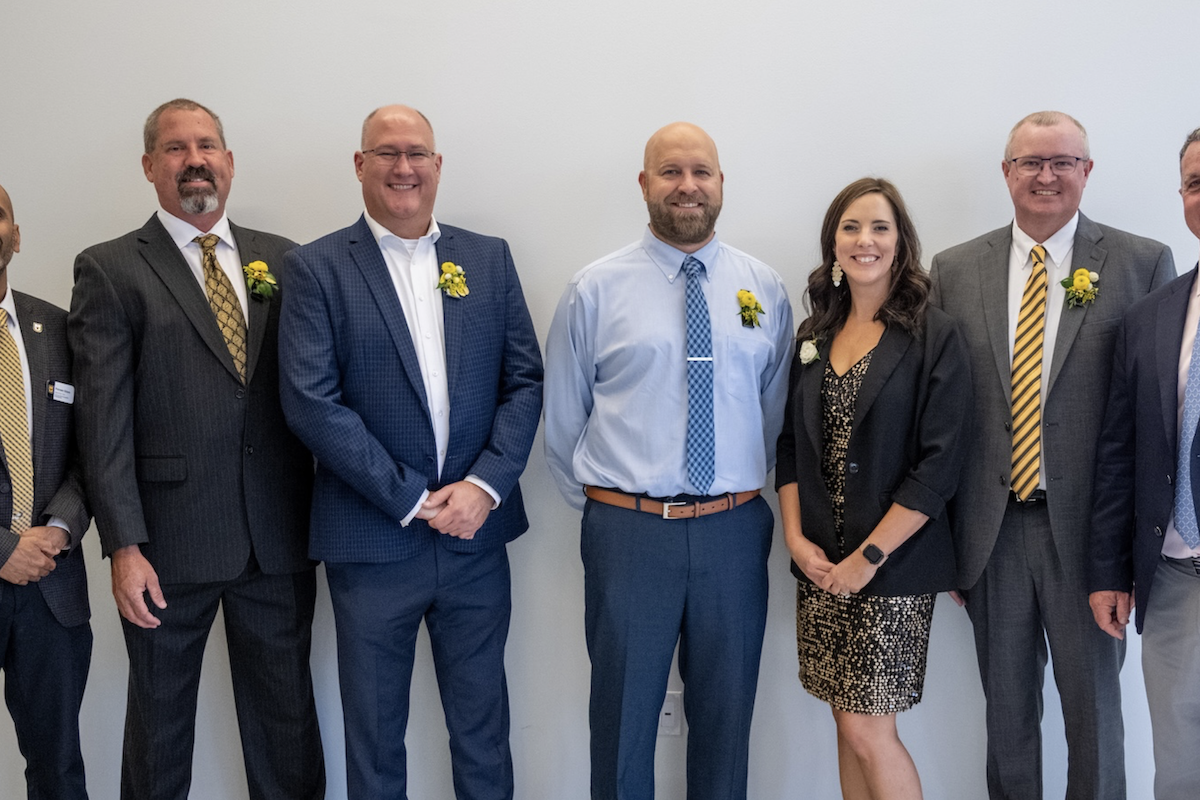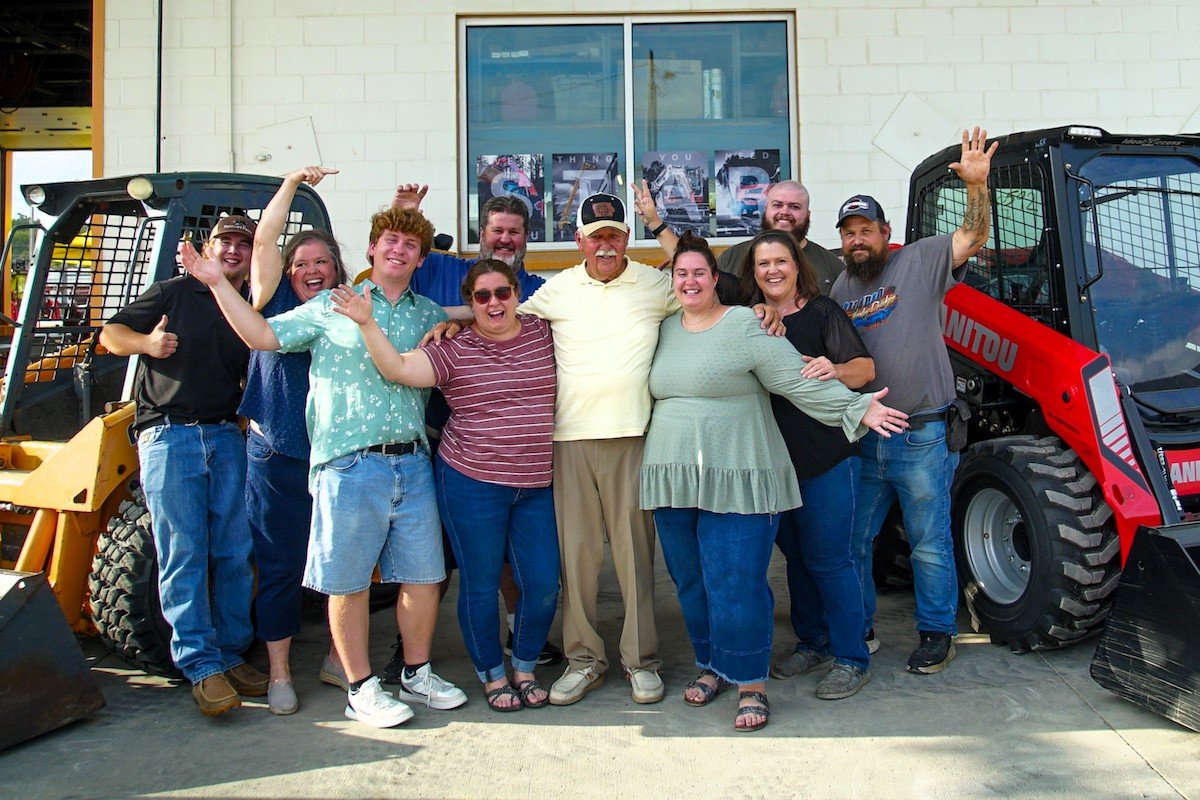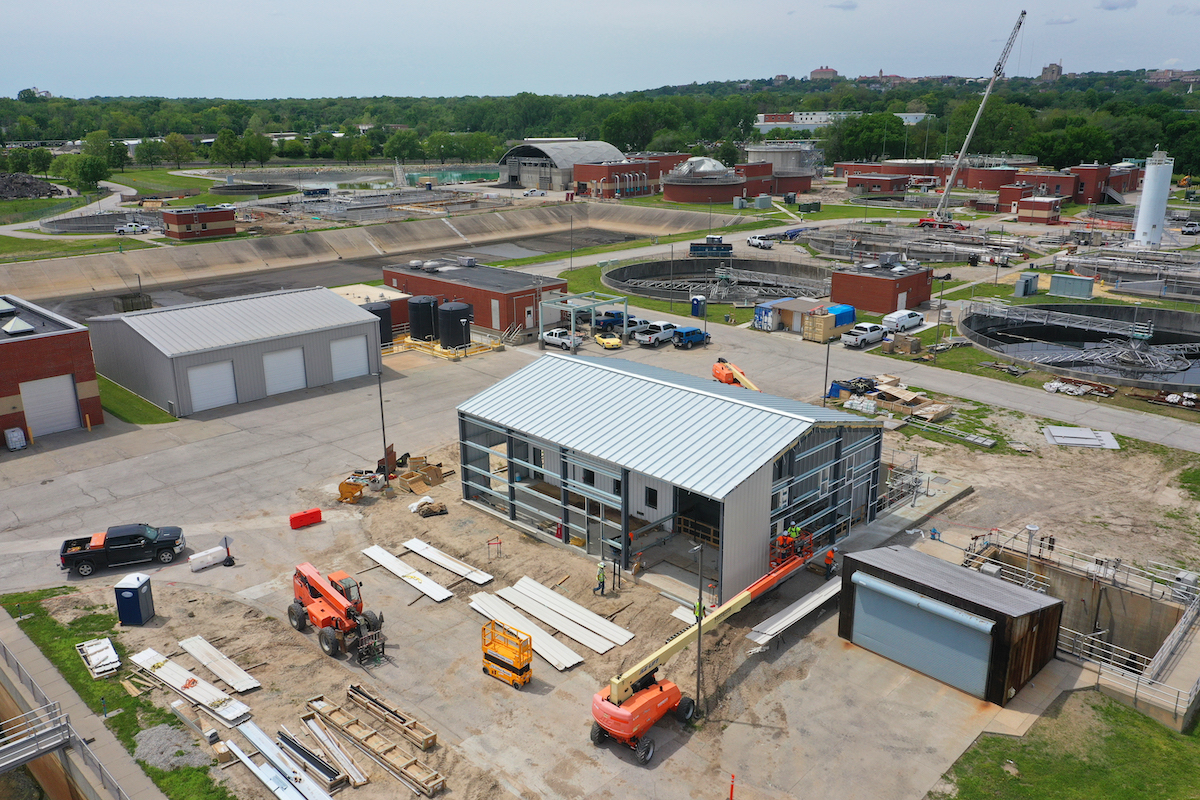“By bidding this work together, we can improve coordination, reduce length of impacts to the travelling public and reduce costs,” says Scott Washausen, MoDOT Resident Engineer for the St. Louis City Area Team. “Work like this done a few bridges at a time would have taken many years. By bundling and staging all of this work together, we were able to condense the construction schedule down to 2.5 years.”
The work takes place along an 11-mile stretch between Lindbergh and the I-44/I-55 interchange in St. Louis. Average daily traffic volumes on I-55 – a major commuting corridor in this area – range from 80,000 to 92,000, including significant truck traffic.
The bridges were built between 55 and 60 years ago and needed significant repairs. The project also included removing a pedestrian bridge and upgrading 6.5 miles of median barrier wall.
“Since these bridges are on the mainline of I-55, the work is very impactful,” Washausen says. “The scope of work needed on this corridor was extensive, and it is best to get it done as quickly as possible, rather than have repeated impacts on the same interstate corridor over an extended period of time.”

| Your local Gehl Co dealer |
|---|
| Star Equipment LTD |
Jacobs, EFK Moen, and CMT, all with offices in St. Louis, designed the project.
“We did require the demolition of some of the bridge decks to be cut and picked off from the top when there were vulnerable systems below like the River Des Peres or an active bike lane nearby,” Washausen says.
None of the bridges required foundation work. Crews installed new steel girders on two of the seven spans on each northbound and southbound bridge over the River Des Peres. All work on the river bridge has been accomplished from above, with no marina operation.
“We needed to change the type of hinges at the abutments from rocker to plate hinges, which necessitated new girders for the first and last spans of each directional bridge,” Washausen explains.
Crews are placing ultra-high-performance concrete when installing bridge joints. “This material is relatively new to our industry and will help prevent joint failures that can often create short-notice emergencies for our maintenance team,” Washausen says.
“Traffic switching requires ramp closures, but the phasing we are using aims to reduce this as much as possible and keep any needed closures reduced to as few months as possible,” Washausen says. “We have found it works best for traffic flow to keep lane widths more than 11.5 feet, even if it means sacrificing a third lane. Two lanes can move a lot of traffic if they have sufficient width and comfortable shoulders.”
In areas close to residential homes, crews work during daytime hours due to possible noise concerns. Crews maintained access to major commercial districts.
“Public perception has been an issue,” Washausen says. “With long stretches of one side of the highway closed, people can’t see the bridge work due to the bank of the roadway in some phases. We had customers complain that they wanted the other side of the highway open at night or on weekends when we weren’t working, but they couldn’t see that some of the bridges had been removed down to the girders and others were completely undriveable.”
At the second crossover to the south, crews are working on the first redeck over River Des Peres and one overlay. Work on the bridges over Union Pacific Railroad will begin shortly. Additionally, crews have completed two overlays at the Virginia and Bates bridges. KCI removed the pedestrian bridge during a weekend, full closure of the interstate. About 75 percent of the median barrier wall replacement has taken place.
Overlays are under way at 4500 Broadway and Gasconade. The overlay at Bayless is scheduled to begin soon.
The replacement of the bridge deck over the Grant’s Trail bicycle and pedestrian path will be phased to keep the trail open, although the road, which parallels the trail underneath may need temporary closures. MoDOT will close the Carondelet Connector multi-use path for about a year as work on the Union Pacific railroad bridge takes place.
“In this case, a suitable detour was available nearby along low-stress roadways and will be a signed detour during construction,” Washausen says.
Under a separate contract, MoDOT plans to resurface the highway in the spring of 2024. The phased work is expected to continue for two years.
“The citizens of Missouri have asked us to take care of the system we have so that it continues to serve our communities into the future,” Washausen concludes. “Work like this that maintains bridges and keeps them in good structural condition but does not change the form of the roadway is often overlooked, but we know it is important…We are proud to upgrade this vital corridor for the future.”
Photos courtesy of the Missouri Department of Transportation


















